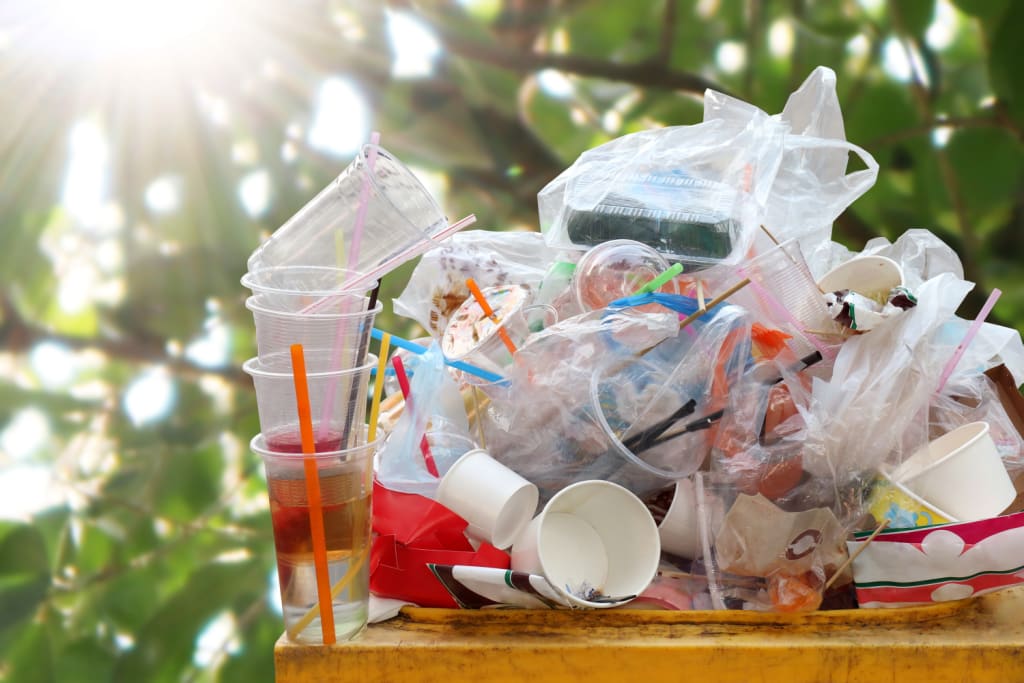5 Common Waste Disposal Methods
Australian Waste Disposal Methods You Can Practice Today

Australians generate more than 74 million tonnes of rubbish every year in rubbish, broken appliances, green waste, industrial rubbish, and medical waste. With that figure increasing over the years, it’s no wonder that our junk is costing a huge sum of our economy.
The Department of Agriculture, Water, and the Environment emphasises that our food waste alone costs the country’s economy more than $20 billion annually. That’s why the citizens and government agencies, and leading rubbish removal companies are taking great lengths to coordinate and properly manage waste disposal.
It’s also worth noting that there’s no one-size-fits-all method to get rid of waste. That said, here are five of the most common waste disposal procedures.
Recycling
It might sound strange for rubbish removal companies to take the time to recycle junk. However, many companies understand the significant role of recycling in keeping rubbish out of methane-producing landfills.
According to Adriana Be, Operations Manager at Paul's Rubbish Removal, "many junk removal companies have taken the initiative to start their own recycling programs, programs that pro-actively engage with best recycling practices. It's a rewarding feel and something that most businesses have felt proud to contribute to."
Recycling goes a long way in conserving our environment. The most common materials we recycle are PP, PVC, glass, and LDPE plastics, among other materials. Making useful products out of them ensures that the rubbish doesn’t pile up into landfills or pollute bodies of water.
Animal Feed
Food waste shares a huge slice of Australia’s rubbish pie. However, most of the food we throw can be healthy treats for our pets. House animals such as hamsters and rabbits will gladly munch on vegetable peelings and leftover greens, while dogs and cats eat all types of food waste, especially meat and soft bones.
Besides, you don’t have to own one to minimise your food waste. If you have neighbours who own pets or run a livestock farm, you can discuss it with them and feed their pets your food waste.
Biological Reprocessing
Out of all the methods in repurposing organic waste, biological reprocessing has an advantage in scale and capacity. Reprocessing includes shredding machines that convert paper, fruit rind, and vegetable peelings into compost or mulch, which local brands can sell as cheap yet organic fertilisers. These facilities can also streamline a food waste strategy that collects organic rubbish like paper and plant products from suburbs around the area.
Aside from large-scale facilities, garden owners can also build their own small composts to digest food and paper waste for their plants. On the other hand, companies also utilise biomass and waste gas to generate electricity for small scales.
Incineration
While common industrial and residential rubbish are considered safe, medical and biohazardous waste can expose people to mild and severe health risks and injury.
One way of getting rid of hazardous waste is by thermal treatment or incineration. Industries and smaller facilities often use this treatment to dispose of all types of toxic waste matter.
Furthermore, factories can also tap the energy generated by heat from burning rubbish for electricity. But without the proper equipment and scrubbing technology, incineration contributes to air pollution.
Landfilling
By far, the most common waste disposal process used by Australian states is landfilling. It is transporting, dumping, burying the collected rubbish in a dedicated pit or landfill.
Most of the time, cities utilise deserted areas and vacant lots at a safe distance from suburbs to dispose of waste. The government also measures the landfill design and keeps it operating under sanitary and economical standards.
However, it’s also worth mentioning that landfills generate large amounts of air pollutants, aside from serious environmental concerns, like providing an ideal breeding site for rodents and diseases. That’s why the first four disposal methods are generally safer and have fewer emissions.
Summary
The five common waste disposal methods discussed above have been actively used by local councils and rubbish removal companies to manage the country’s waste. Along with that, citizens also play a huge role in managing our waste as a community.
You can start by being proactive and reducing your rubbish by recycling materials at home and avoiding the use of single-use plastics. When it comes to disposing of your rubbish, using with the right rubbish removal team goes a long way.
About the Creator
Enjoyed the story? Support the Creator.
Subscribe for free to receive all their stories in your feed. You could also pledge your support or give them a one-off tip, letting them know you appreciate their work.





Comments
There are no comments for this story
Be the first to respond and start the conversation.